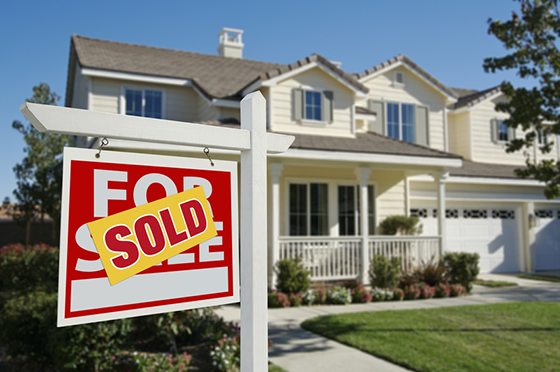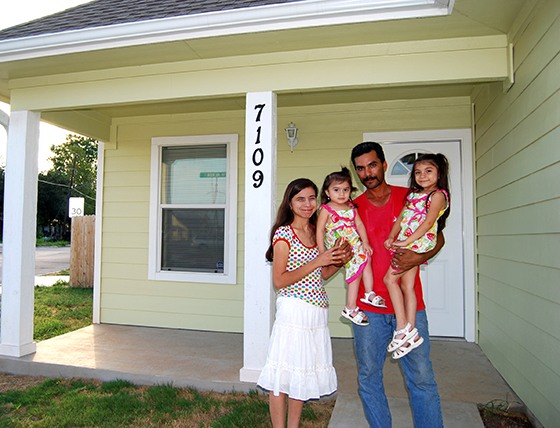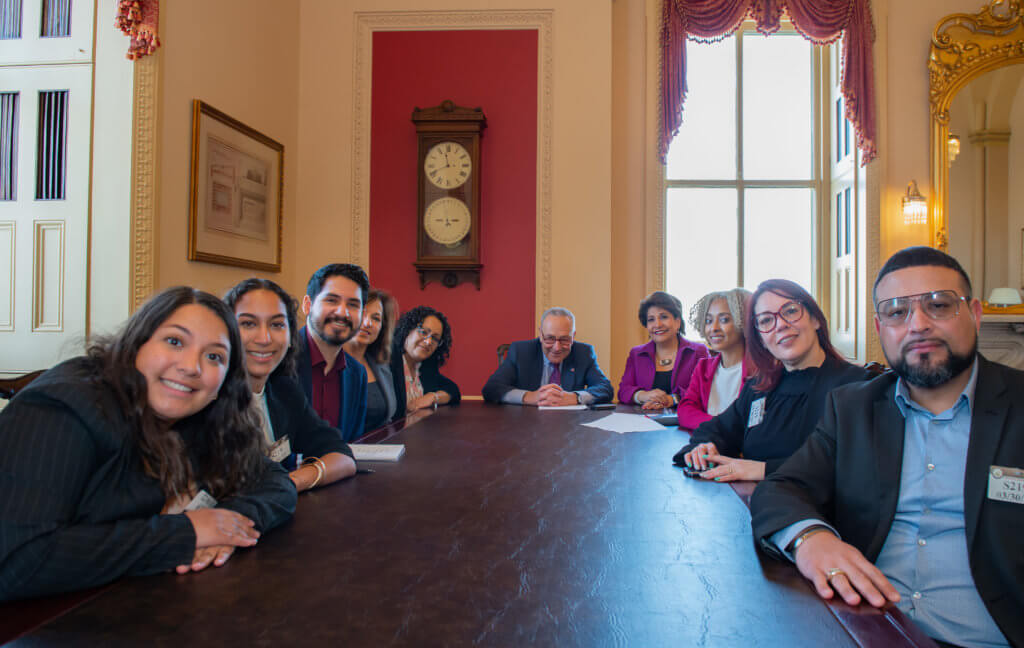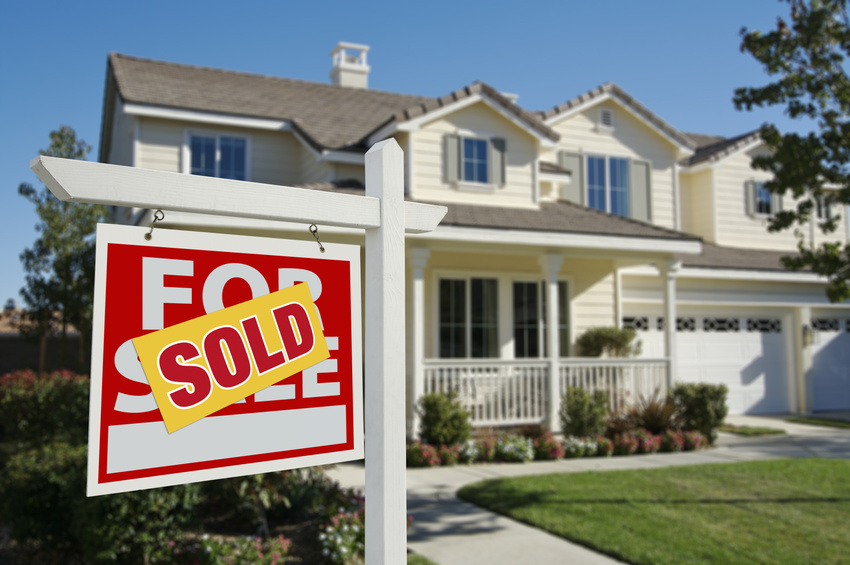Celebrating National Homeownership Month
By Elizabeth Drake, Communications Department Intern, NCLR
 Homeownership represents financial security for Latino families and a better life as they work every day to achieve the American Dream. Homeownership is great for Latino families and for society as a whole as it fosters investment in the community, as well as safe and stable neighborhoods.
Homeownership represents financial security for Latino families and a better life as they work every day to achieve the American Dream. Homeownership is great for Latino families and for society as a whole as it fosters investment in the community, as well as safe and stable neighborhoods.
For NCLR’s National Homeownership Network (NHN), this is an integral part of our mission. NHN helps Latino families purchase a home and reduces the large homeownership gap between White and Latino owners. Homeownership rates had been steadily increasing until the foreclosure crisis in 2007 hit. Since then, the rate of Latino homeowners has dropped significantly. According to the State of Hispanic Homeownership Report, in 2012, the rate of Latino homeownership was down to 46.1 percent.
In order to stop the decreasing rate of Latino homeownership and ensure that all families are getting the necessary information and opportunities to become homeowners, the NHN provides prepurchased homeownership counseling directly to the community. They also emphasize one-on-one counseling in order to prepare Latino families to become mortgage-ready. A plan is created to ensure that even if the clients are not immediately ready to purchase a home, they have short- and long-term goals that work toward owning a home.
We spoke with Lautaro “Lot” Diaz, Vice President of Housing and Community Development, to learn more about NHN and how he became involved in Latino homeownership.
NCLR: How long have you been helping Latinos become homeowners?
Diaz: Well, the NCLR Homeownership Network started in 1998, so we have been helping Latinos for around 17 years.
NCLR: What are the biggest issues you see that are important to helping or hindering Latino homeownership?
Diaz: There are three main issues: providing awareness and knowledge on homeownership, the family’s income and the prices of available products, and credit scores. NCLR trains and provides information to consumers and access to products to ensure that consumers are receiving the lowest cost possible. We educate and prepare families for mortgages and provide Latino families with work plans. We monitor the process of these plans to improve the cost and credit. If it turns out that families don’t immediately qualify, we are there to make sure they do over time.
NCLR: What are some trends or patterns you have seen over the years?
Diaz: Up until 2007, there was consistent growth in Latino homeownership, but the foreclosure crisis in 2007 caused reduction and after that homeownership has gone down significantly. In recent years, though, it has begun to slowly rise again.
NCLR: What do you expect for Latino homeownership in the future?
Diaz: After the foreclosure crisis, homeownership went down by 2–2.5 percent, but I expect the rate to increase again, hopefully by another 2 percent. There is a desire to own a house in the Latino community and Latinos are a prime market for mortgage these days. We want to ensure that lenders provide low-cost products for the community and NCLR will partner with these lenders in turn.
NCLR: How many families has NCLR helped to become homeowners?
Diaz: We have helped a range of about 35,000 families and around 500,000 clients since the network first started, and we hope this rate keeps going up. We strive to serve as many Latino families as possible given the size of the group and the resources available.



